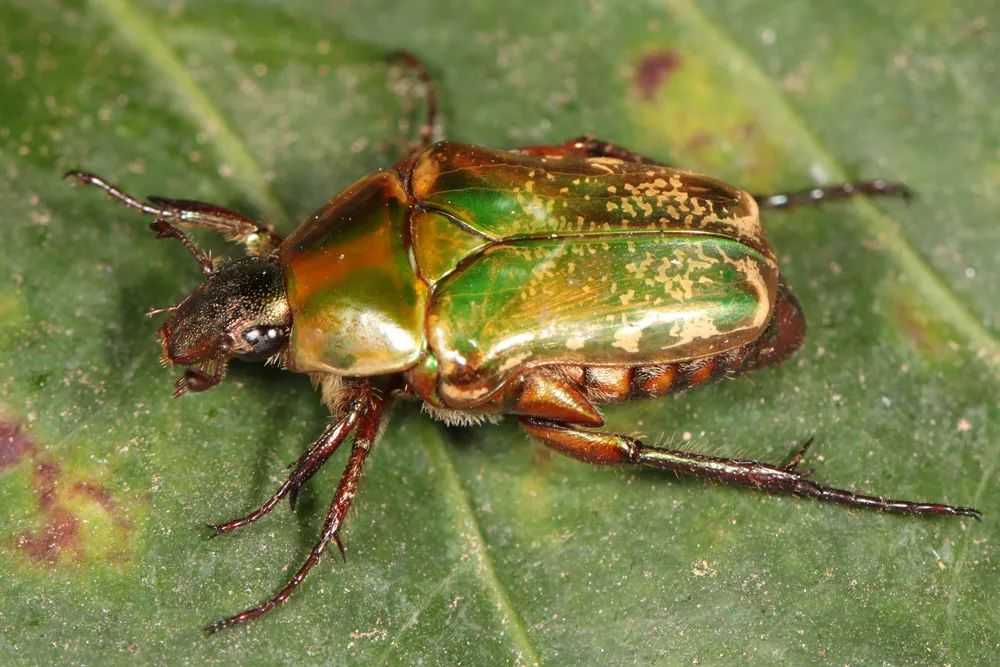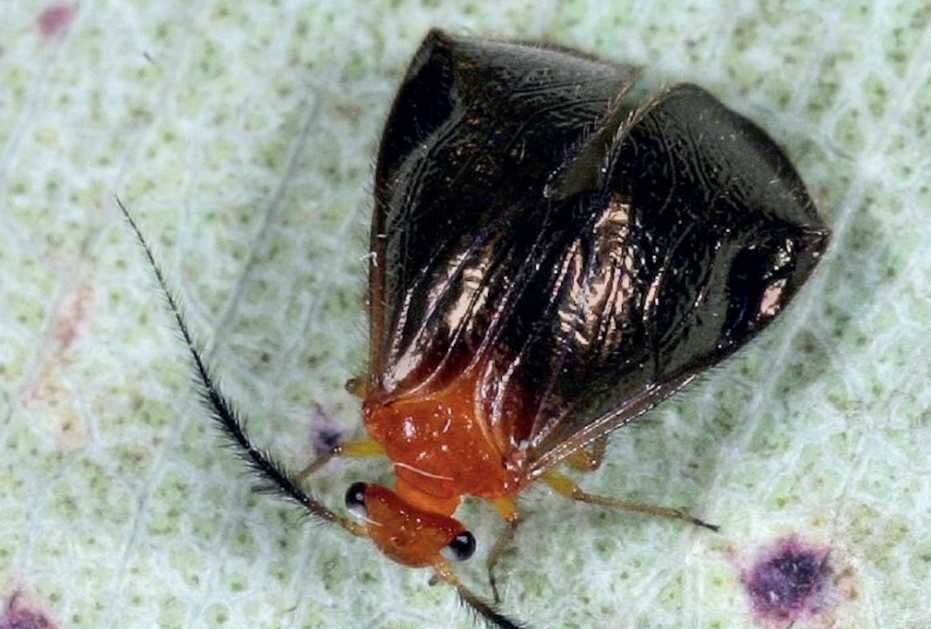Scarab Beetles (Scarabaeidae): Jewels of the Insect World
General Overview
Scarab beetles, comprising the family Scarabaeidae, are a diverse group of coleopterans renowned for their often iridescent exoskeletons, distinctive morphology, and ecological significance. With over 30,000 species worldwide, they inhabit almost every terrestrial ecosystem, from deserts to rainforests.

Source: Images from the Internet, if there is any infringement, please contact the removal of
Morphological Traits
- Body Structure: Most scarabs have a robust, oval-shaped body with a domed pronotum and hardened elytra (wing covers). Sizes range from 1 mm to over 15 cm (e.g., Goliathus species).
- Antennae: Unique "lamellate" antennae, ending in segmented, leaf-like plates that detect odors.
- Sexual Dimorphism: Males often bear elaborate horns or projections on the head and thorax (e.g., rhinoceros beetles), used in mating competitions.
Life Cycle & Behavior
- Egg to Adult: Females lay eggs in soil, decaying organic matter, or animal dung. Larvae (grubs) are C-shaped, white, and inhabit soil or detritus, feeding on roots,or dung. They pupate in earthen cells before emerging as adults.
- Feeding Habits:
- Dung Beetles: Specialized species (e.g., Scarabaeus) roll dung into balls for nesting and food, earning them the title "ecosystem engineers."
- Leaf Chafers: Adults feed on leaves, flowers, or fruit (e.g., Japanese beetles, Popillia japonica), while larvae damage plant roots.
- Stag Beetles: Some adults have enlarged mandibles but feed little; larvae decompose wood.
- Nocturnal & Diurnal Species: Many are active at night (e.g., June bugs), while others (e.g., flower chafers) fly during the day.
Ecological Roles
- Decomposers: Dung beetles accelerate nutrient cycling by burying dung, reducing parasite populations and enriching soil.
- Pollinators: Flower-visiting scarabs (e.g., Euphoria) aid plant reproduction, especially in tropical regions.
- Food Source: Larvae and adults serve as prey for birds, mammals, and other insects.
Cultural & Economic Significance
- Symbolism: In ancient Egypt, the dung beetle (Scarabaeus sacer) was a symbol of rebirth and the sun god Ra, with carved scarab amulets representing protection.
- Pests & Benefits: Some species (e.g., white grubs) damage crops and lawns, while others (e.g., dung beetles) are used in biological control to manage livestock waste.
- Biodiversity Indicators: Scarab diversity reflects ecosystem health, making them key species in environmental studies.
-------- END --------






